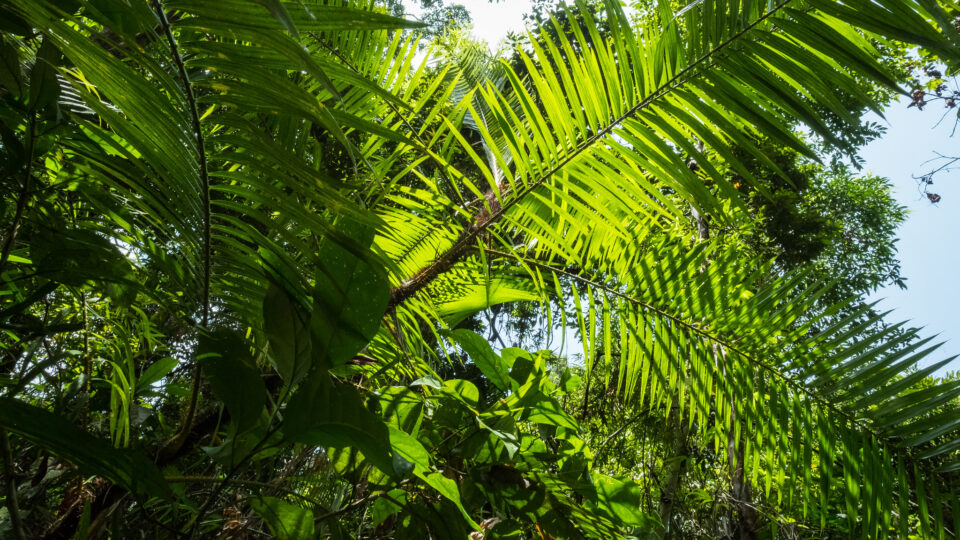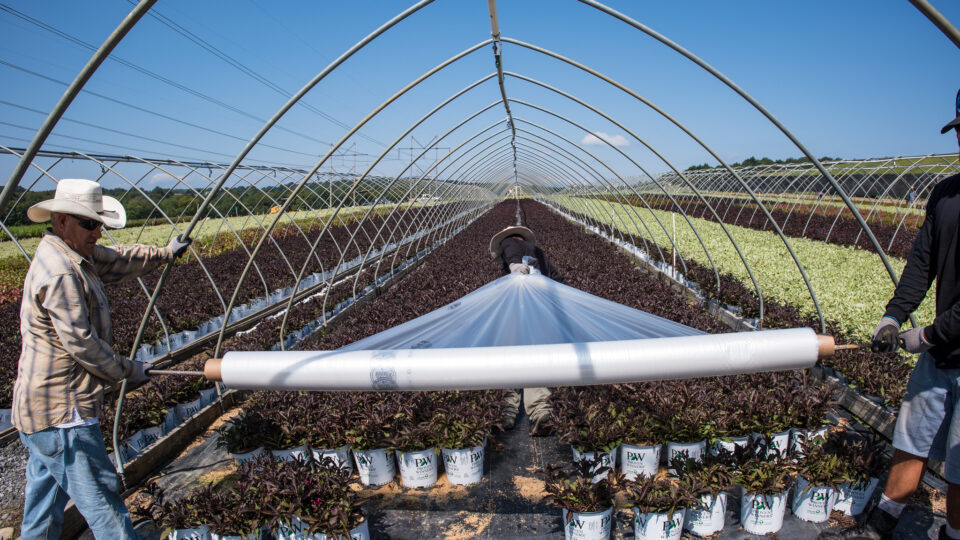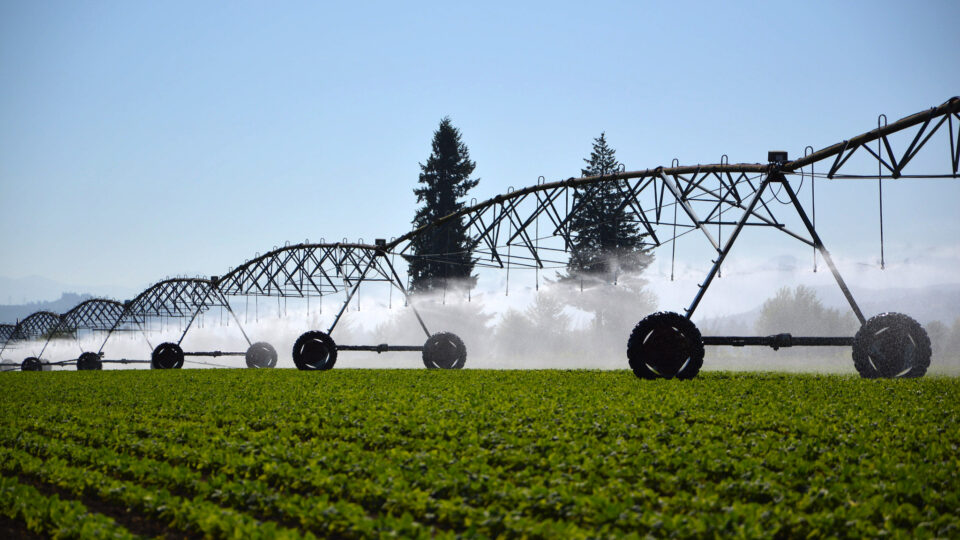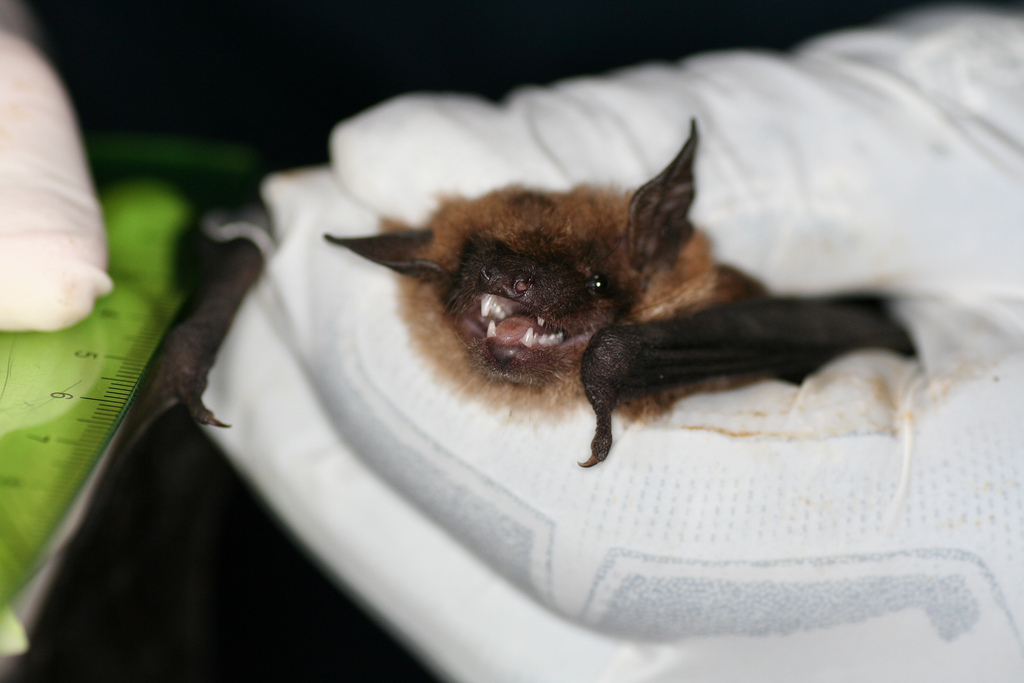Deforestation is one of the major causes of climate change and restoring and enhancing forests is a major activity around the world as a way to mitigate its effects. There are high-profile initiatives to plant millions of trees, but these projects are often ill-conceived and poorly managed.
One of the most dramatic failures was the planting of over a million mangrove seedlings on the Filipino island of Luzon back in 2012. A study 8 years later found that fewer than 2 percent of the trees had survived. The rest died or were washed away.
The causes of failure in tree planting programs include planting of trees that become vulnerable to disease, competing demands for land, changing climate, planting in areas not previously forested, and a lack of aftercare including watering seedlings.
A multinational study recently published in Nature has found that forests could regrow naturally on more than 800,000 square miles of land around the tropics without the need for planting trees by hand. This is an area larger than Mexico.
The researchers mapped areas where forests would be likely to regrow – areas where soils are healthy and where there is already forest nearby to supply seeds. In some places, lands are so degraded that it is necessary to plant trees by hand, but this is costly and prone to failure. Forests that regrow naturally tend to fare better and make better habitats for wildlife.
The effect of regrown forests on the climate would be very substantial. If these forests were allowed to grow for three decades, they would absorb enough carbon to offset 50 years of emissions by Australia, the home of the lead researcher of the study.
**********
Web Links
Tropical Forests Could Regrow Naturally on Area the Size of Mexico
Photo, posted February 16, 2018, courtesy of Jason Houston / USAID via Flickr.
Earth Wise is a production of WAMC Northeast Public Radio





